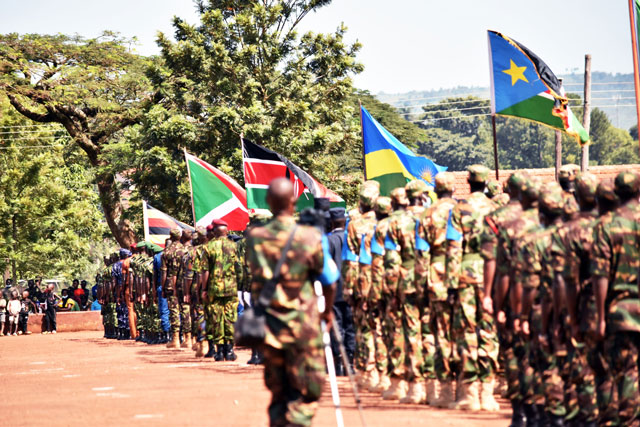
The East African Community is a regional intergovernmental organization formed in 1967 and reconstituted in 1999.[1] Currently, its members comprise the countries of Burundi, Kenya, Rwanda, South Sudan, Tanzania, Uganda, the Democratic Republic of Congo, and Somalia. The core mandate of the EAC is deepening integration among its member states, with an emphasis on the creation of an atmosphere conducive to peace, security, and development. The Community has been working over the years, on efforts aimed at enhancing cooperation and dialogue among its members. This commentary examines EACs role in maintaining regional peace, security and development.
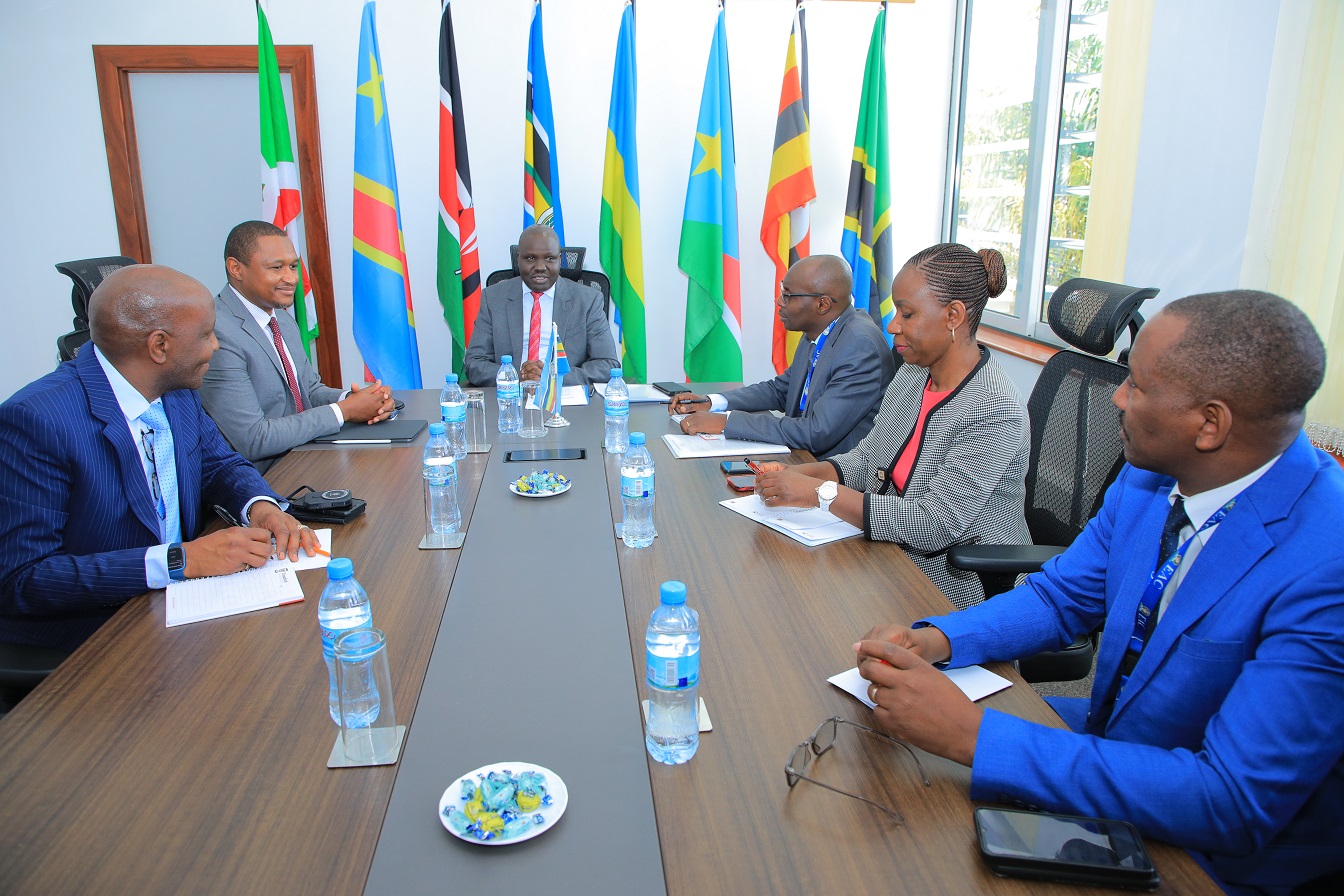
Peace, Security and Development Interventions
Peace and security are sine qua non for any successful development agenda. The East African region has had to contend with conflicts at both national and regional levels which impede development. They include civil wars, ethnic tensions, and cross-border disputes.[2] Notwithstanding these challenges, the EAC has put in measures towards prevention, management, and resolution of these conflicts. For instance, the 2013 EAC Protocol on Peace and Security, established a framework for cooperation by member states in matters relating to countering terrorism, management of cross-border crimes, and border security enhancement. Towards promotion of peace and security, the EAC has in the past been involved in mediation processes. Notably, is the EAC mediation effort in Burundi contributed to the government and opposition forces to sign the Arusha Accords in 2000. The EAC has further been on the frontline in resolving the South Sudan conflict through continuous collaboration with other regional actors, like IGAD, to mediate peace and support the implementation of the 2018 Revitalized Peace Agreement.[3] More recently, the EAC demonstrated its commitment to regional stability by deploying the East Africa Community Regional Force (EACRF) in the Democratic Republic of Congo (DRC). This intervention was mandated under Chapter 23 of the Treaty for the Establishment of the EAC (Articles 124 and 125) and the EAC Protocol on Peace and Security.[4]
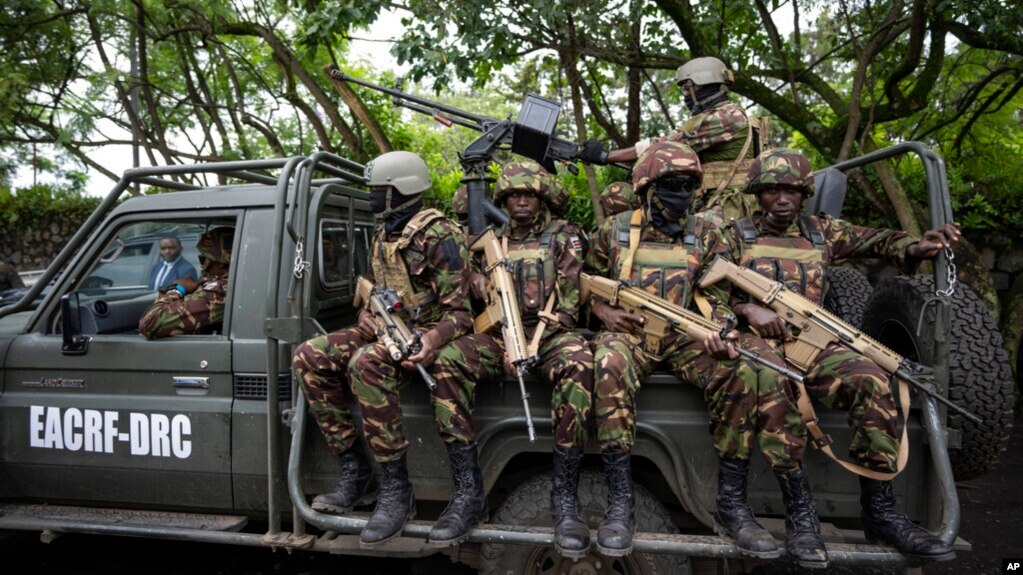
Notwithstanding these interventions, regional peace and security threats have remained some of the major hurdles facing the EAC. For example, the continuing violence in eastern DRC by armed groups like M23, and the persistent unrests in parts of South Sudan are indicators that the capacity of the body to enforce peace agreements or prevent conflicts continues to face numerous challenges. The deployment and subsequent withdrawal of the EACRF troops in DRC underpin the demand for a more efficient and sustainable peacekeeping mechanism that would address the issue comprehensively. Additionally, the ineffectiveness of existing early warning system and the slow pace for operationalizing the EAC Peace and Security Protocol, particularly by countries such as Tanzania and South Sudan,[5] are also hampering the capacity of the regional body to respond to threats.[6] The varying levels of political will among member states to allocate resources and adhere to EAC protocols is another serious challenge. According to the East African, of June 2024, with reference to the EAC’s budget for FY 2023/24, members had only paid half of EAC’s USD 103 million budget. It is only Somalia, despite its recent membership, that had fully met its financial commitment. The report highlighted DRC as the lead state in arrears and that it owed the regional body an estimated USD 14.7 million.[7] To succeed in its efforts to address regional peace, security and development challenges, EAC will need to develop effective early warning systems and develop mechanisms to ensure that member states meet their financial commitments in time.
Economic Growth Interventions
Central to the EAC’s objectives is the drive for economic growth and regional integration, with the aim of establishing a unified market and investment area to foster economic prosperity among its member states. The establishment of the EAC Customs Union in 2005 was a key step towards economic integration, which eliminated internal tariffs and introduction of a common external tariff. This has promoted intra-regional trade and made EAC one of the fastest-growing economic blocs in the whole continent.[8] In justification of this, a report by the African Development Bank in 2023, highlighted that projected mid-term economic growth in the region was set to accelerate from 3.5% in 2023 to 5.1 % in 2024, outpacing all the African regions.[9]
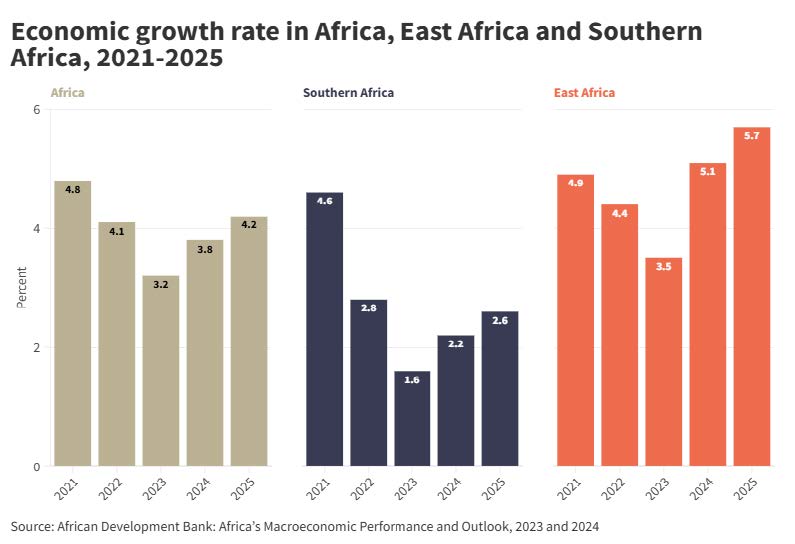
Separately, the integration to free movement of goods, services, capital, and labor in the territories of the member states occurred with the implementation of the Common Market Protocol in 2010. This broadened the opportunities that existed in the economy, opened access to markets, and contributed to growing regional GDP. In addition, the regional infrastructure that is being developed by the EAC, like the Northern Corridor, and the Standard Gauge Railway, will enhance connectivity while reducing transportation costs.[10] However, there remains lukewarm engagement in some key projects, such as LAPPSET. Some countries like Uganda and Rwanda, that were initially part of the project are opting for alternative routes, like the Dar es Salaam Port.[11]This shift of commitment may need to be addressed by the Community.

There are still other obstacles that need to be addressed by EAC to enhance economic growth. Key among them is the Non-Tariff Barriers (NTBs), including restrictive custom procedures and intra-regional border delays that remain widespread, despite many initiatives focused on their reduction. Economic disparities among member states also pose challenges, with more advanced economies like Kenya reaping greater benefits from regional integration, often at the expense of equitable gains for all.[12] To address these issues, the EAC should focus on eliminating NTBs and ensuring a fair distribution of the benefits of integration among member states. This can be achieved by enforcing harmonized regulations and streamlining cross-border trade procedures to promote seamless and efficient intra-regional commerce. Strengthening and fostering regional institutions such as East African Monetary Union (EAMU),[13] is also pivotal in supporting sustainable economic growth and integration.
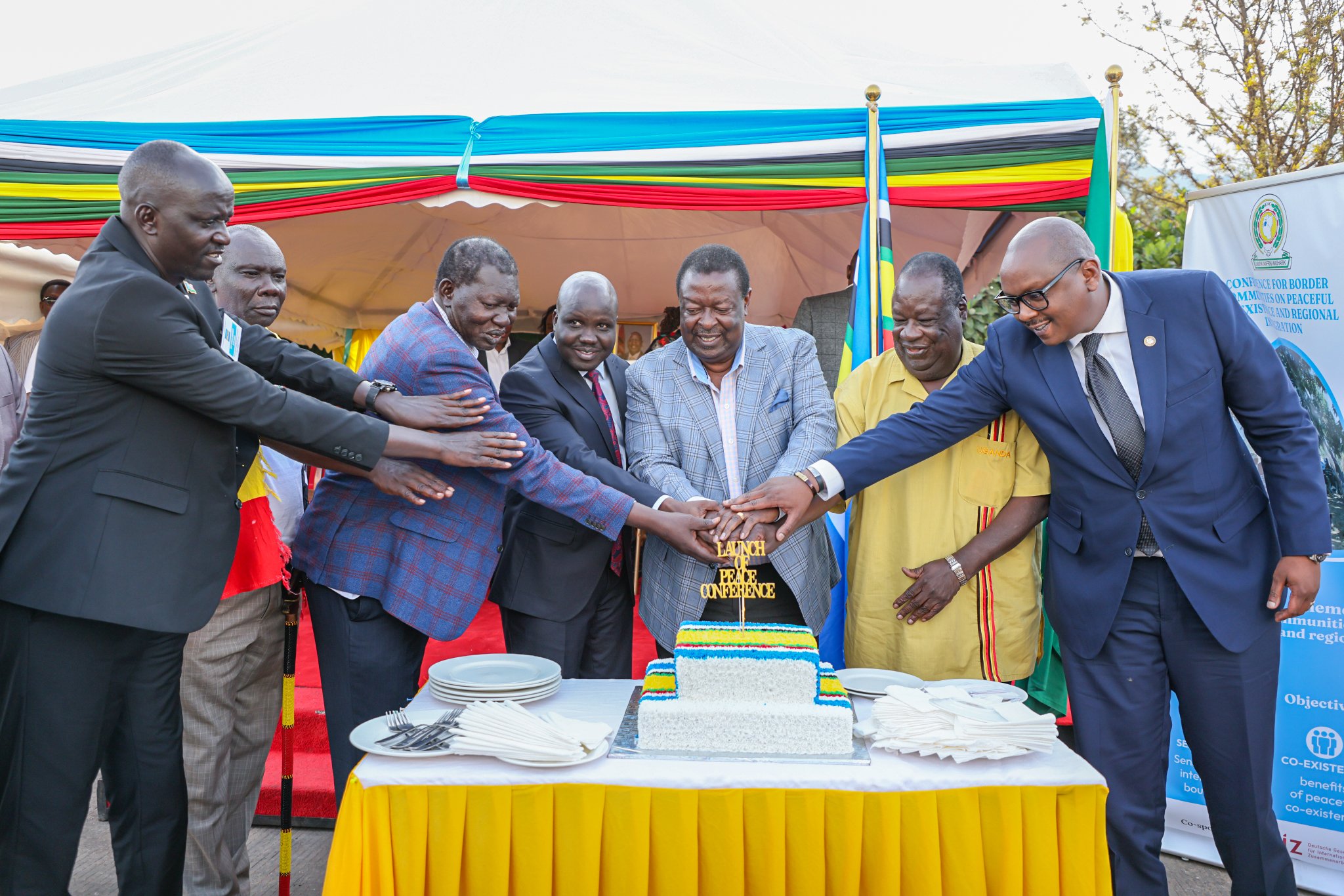
Social and Humanitarian Interventions
The EAC has enhanced its focus on social and humanitarian matters, both which are quite important and necessary to the peace, security and development of the region. The social progress made by the EAC is visible through policies that target the harmonization of health policies, fight against diseases like HIV/AIDS and malaria. Others are on enhanced opportunities in education. It has also put significant emphasis on gender equality and women’s empowerment, since women play a crucial role in sustainable development.[14] Rwanda, through the EAC, has developed several policy frameworks that not only operationalize these goals but also take cognizance of the fact that women are an important impetus towards regional integration.[15] These include the EAC Gender and Community Development Strategic Plan and the 4th EAC Development Strategy for the period 2011/12-2015/16, and the 2018 Gender Policy, both of which provide guidelines on how gender shall be mainstreamed in policies and programs at the EAC.[16]
The EAC also organizes and implements various conferences and forums for the empowerment of women in business and leadership careers, which complements the efforts made in increasing women’s participation in socio-economic development.[17] In the health sector, the EAC has had several initiatives geared towards the betterment of healthcare delivery and accessibility. The East African Health Research Commission plays a vital role in coordinating health research and promoting evidence-based policy in the region. In addition, the regional pharmaceutical manufacturing plan of the EAC will reduce dependency on imported medicines, making drugs more affordable.[18]. The other achievement by the EAC is education enhancement. An effort towards harmonization of curricula among the member states seeks to effectively enhance literacy levels across the region.[19]

Additionally, since language plays a role in creating barriers among communities, EAC is working towards having Kiswahili widely spoken in the region, through overall curriculum harmonization efforts. This will not only facilitate access to improved education but also its quality in the region. Building on its efforts in economic development, the EAC has also made strides in addressing skills gaps and boosting youth employment through technical and vocational education and training (TVET). This initiative, is evidenced by the cooperation among Eastern African countries such as, Kenya, and Tanzania in adopting the Regional TVET Qualifications Framework. This illustrates EAC’s commitment to enhancing human capital as part of its broader development strategy.[20]
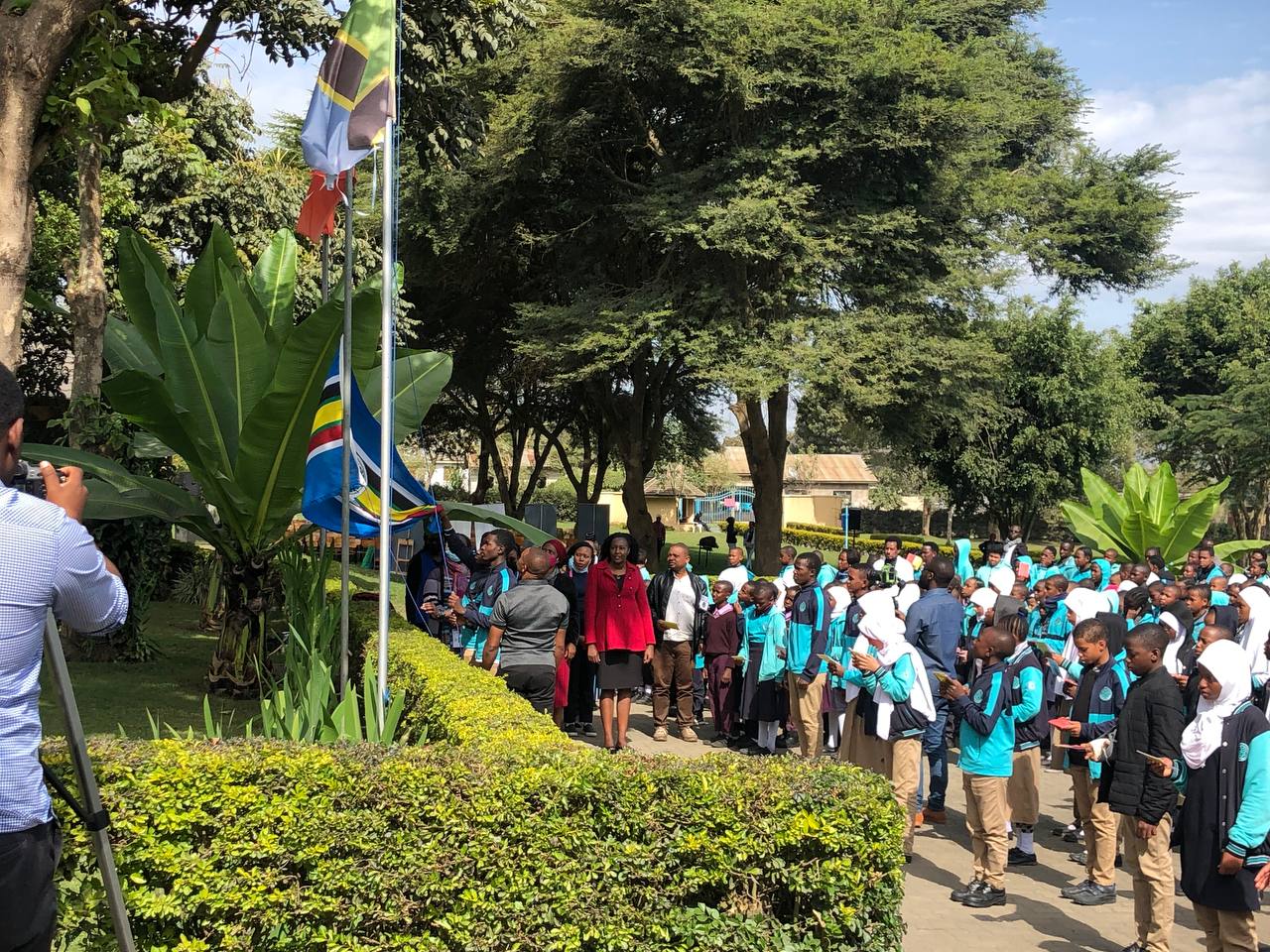
Notwithstanding these successes, challenges still exist in making social progress inclusive and sustainable. Gaps in health and education levels are still wide, while the rural poor and marginalized communities are many. In light of this, EAC will need to go on giving special attention to social development and making its policies responsive and inclusive to the needs of its peoples.
Conclusion
In conclusion, although EAC has made significant strides in promoting regional peace, security and development, there are numerous challenges that it will have to overcome. They include financial limitations, disparities of commitment among member states, and regional governance complexities. To overcome these, EAC will have to boost its institutional capacity and coordination mechanism among member states. Of equal importance, the EAC needs to continue collaborating with other regional and international organizations to be able to pool more resources and expertise. The bloc should continuously cooperate with the AU, IGAD, and the UN to address cross-cutting issues on climate change, terrorism, and transnational organized crimes. To have a lasting impact, the EAC must fully implement its existing protocols and agreements. Additionally, the EAC must continue to be flexible and responsive to new challenges such as a dynamic security environment, climate change threats, and a transforming digital world. By fostering innovation, embracing collective efforts, and valuing the contributions of all member states, EAC will be able to strengthen its credibility and advance regional agenda for peace, security, and development.
[2] East Africa Regional Economic Outlook 2023: Mid-term growth for East Africa region projected highest on the continent for 2023-4
[3] IGAD Strengthens the capacity of South Sudanese on Post-Conflict Reconstruction and Development, 2023
[4] East African Community Regional Force (EACRF)
[5] 2 Countries yet to ratify EAC protocol. The Citizen, 2021
[6] An Analysis of The Efficacy of The EAC Protocol on Peace and Security: A Case for Institutional Reforms, 2021
[7] Here’s how to deal with EAC’s defaulters, DR Congo, South Sudan and Burundi, 2024
[8] EAC economies grew the fastest in Africa last year
[9] East Africa Regional Economic Outlook 2023: Mid-term growth for East Africa region projected highest on the continent for 2023-4
[10] EAC states sign agreement on extension of the Standard Gauge Railway, 2024
[11] Dar to benefit from import cargo redirected from Mombasa. The East African, 2023
[12] Kenya and its role in intra-Africa regional trade. The prospects of the EU-Kenya EPA, 2023
[13] EAC to revise economic targets to attain monetary union dream. The East African, 2023
[14] Gender and Women. The East Africa Community
[15] Gender Equality and Women’s Empowerment in Rwanda. USAID, 2023
[16] EAC launches Gender Policy, 2018
[17] EAC Gender Equality: Empowering Women in East Africa’s Development, 2024
[18] 2nd EAC Regional Pharmaceutical Manufacturing Plan of Action 2017–2027
[19] 16th Meeting of The Sectoral Council on Education, Science and Technology, Culture and Sports (SCESTCS) 3rd June 2021 Dar Es Salaam, Tanzania Session of Principal/Permanent/Under Secretaries
[20] East African Countries adopt Regional TVET Qualifications Framework. The EAC, 2022
